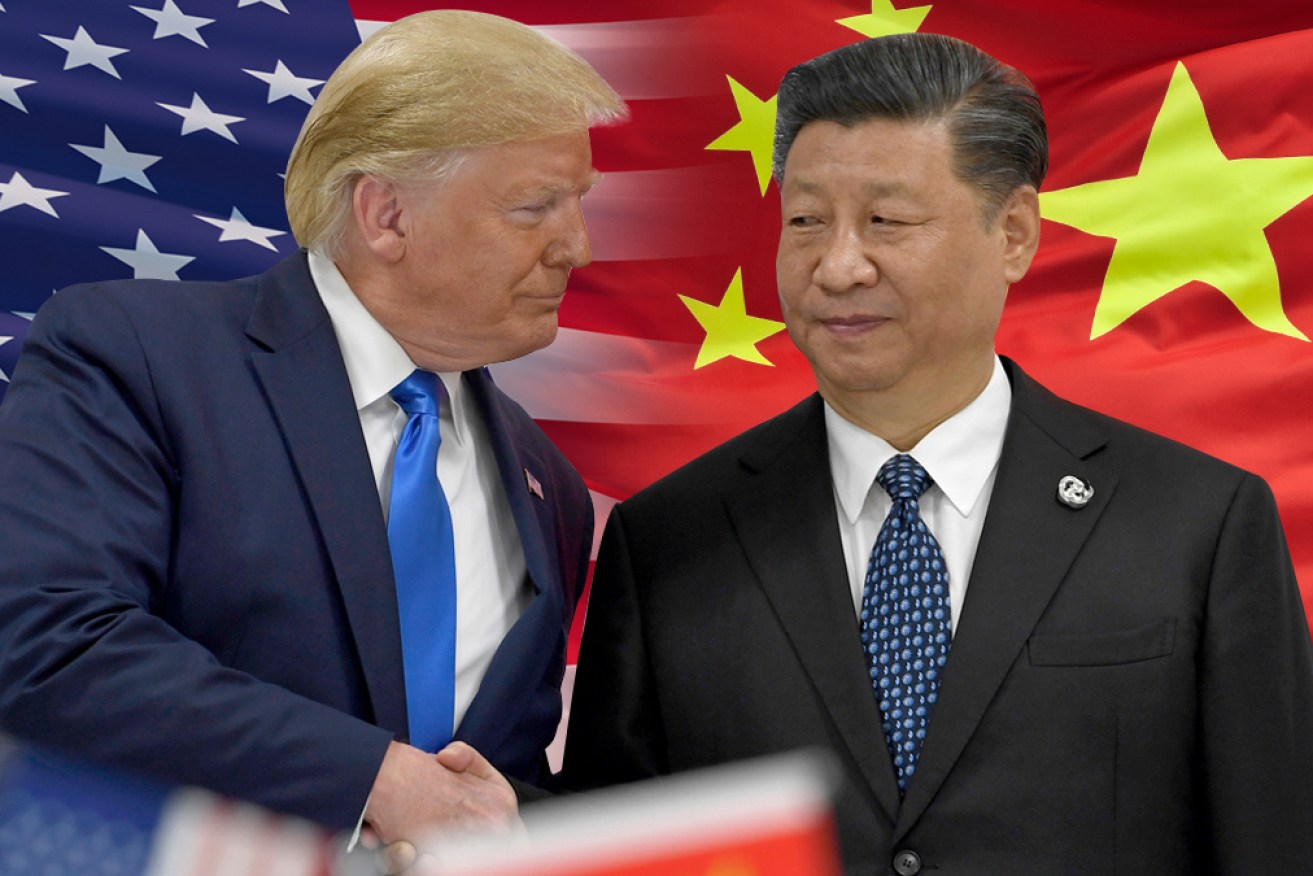New US-China trade agreement likely to hit Australia’s LNG exports


Phase one of the new US-China trade deal could negatively impact some Australian exporters. Photo: TND
A de-escalation of the US-China trade war looks set to blow a multi-billion-dollar hole in Australian export revenues, as the US prepares to ramp up its LNG exports.
On Thursday morning (Australian time), US President Donald Trump confirmed he had signed “phase one” of the trade agreement that he said was “righting the wrongs of the past”. The deal is expected to boost exports from US farmers and manufacturers and protect American trade secrets, while easing tensions between Washington and Beijing.
Describing China’s President Xi Jinping as a good friend, Mr Trump said “keeping these two giant and powerful nations together in harmony” was important for the whole world and marked “a sea change in international trade”.
But it could spell bad news for Australia’s LNG exports.
Among other things, phase one of the deal compels China, over the next two years, to increase its US imports by $US200 billion ($289.9 billion) above 2017 levels.
More than $US50 billion ($72.5 billion) of that is earmarked for US energy.
LIVE: POTUS Signs the Phase One Trade Agreement! https://t.co/teqGqjdgeZ
— The White House 45 Archived (@WhiteHouse45) January 15, 2020
According to US Census Bureau data, China bought roughly $US5.5 billion ($8 billion) worth of energy from the US in 2019.
To fulfil its obligations under the new agreement, China will have to increase its consumption of US energy by US$13 billion ($18.8 billion) this calendar year and by a further US$15.4 billion ($22.3 billion) in 2021.
Speaking with The New Daily before the release of the 86-page trade document, Commsec commodities analyst Vivek Dhar said this meant China would likely have to cut back on Australian imports.
How are they going to buy that extra amount? It’s something we’re trying to figure out in the energy sector, in terms of how global trade flows will need to move to get that to happen.’’
The immediate risk for Australia, he said, is in LNG.
The impact on the sector as a whole will be insignificant, as most energy exports are tied to long-term contracts.
But Mr Dhar said China could easily turn its back on the LNG it buys from Australia on short-term contracts, of which it bought 7 million tonnes in 2019.
Mr Dhar said that amounts to roughly $4.4 billion in today’s prices, or just under 10 per cent of Australia’s total LNG exports in 2018-2019 ($50 billion).
“Where we think the switch will be flipped the most is in crude oil, but what’s most relevant to Australia, which isn’t big in the crude oil export space, is LNG,” Mr Dhar said.
“That’s where we could see some trade impacts … and the US is also expected to ramp up its LNG exports over the next five years.”
The deal also includes a pledge from China to buy an extra $US77.7 billion ($112.5 billion) worth of US manufacturing goods, $US32 billion ($46.3 billion) worth of agricultural produce, and $US37.9 billion ($54.9 billion) worth of services, above 2017 levels.
Under such an agreement, China would have to increase its imports of US agricultural goods this year by more than US$30 billion ($43.4 billion).
But unlike LNG exporters, Australia’s drought-stricken farmers are unlikely to be affected by the boost in agricultural trade between the US and China.
The deal
While the deal stops short of many changes the president has sought from China, it leaves in place tariffs on about $US360 billion ($521 billion) in Chinese imports – leverage the Trump administration hopes will generate future concessions.
US Trade Representative Robert Lighthizer said follow-up negotiations would hinge on how China fulfils the commitments made in the initial phase.
“We have to make sure this is implemented properly,” Mr Lighthizer said.
“This is the first agreement like this of its kind and we have to make sure that it works.”
The agreement is intended to ease some US economic sanctions on China, while compelling Beijing to step up purchases of American products and services.
Mr Trump cited beef, pork, poultry, seafood, rice and dairy products as examples.
Chinese leader Xi Jinping said in a letter to Mr Trump that the first phase was “good for China, the US and for the whole world”.
But Thursday’s agreement left unresolved many of the complaints that had led the Trump administration into a trade war by imposing tariffs on Chinese imports – notably, the way the Chinese government subsidises its companies.
Farmers won’t be affected
Initial reports had suggested the new deal would focus on soybean and pork, of which Australian farmers export very little.
“If those are the key commodities that the deal focuses on, then the impact on Australian agriculture’s not going to be substantial,” Prue Gordon, general manager of trade and economics at the National Farmers Federation, told The New Daily.
“If anything, there’s potential for it to be positive, because anything that calms international trade waters, which we hope this deal will, is good for Australian agricultural exporters.”
Nonetheless, University of Melbourne economics research fellow Jiao Wang said the trade war should act as a wake-up call to Australia’s economic managers.
“The end of the resource boom in around 2003 was the time to really consider diversification of the economy,” Dr Wang told The New Daily.
“The trade war is just another reminder of that.”








